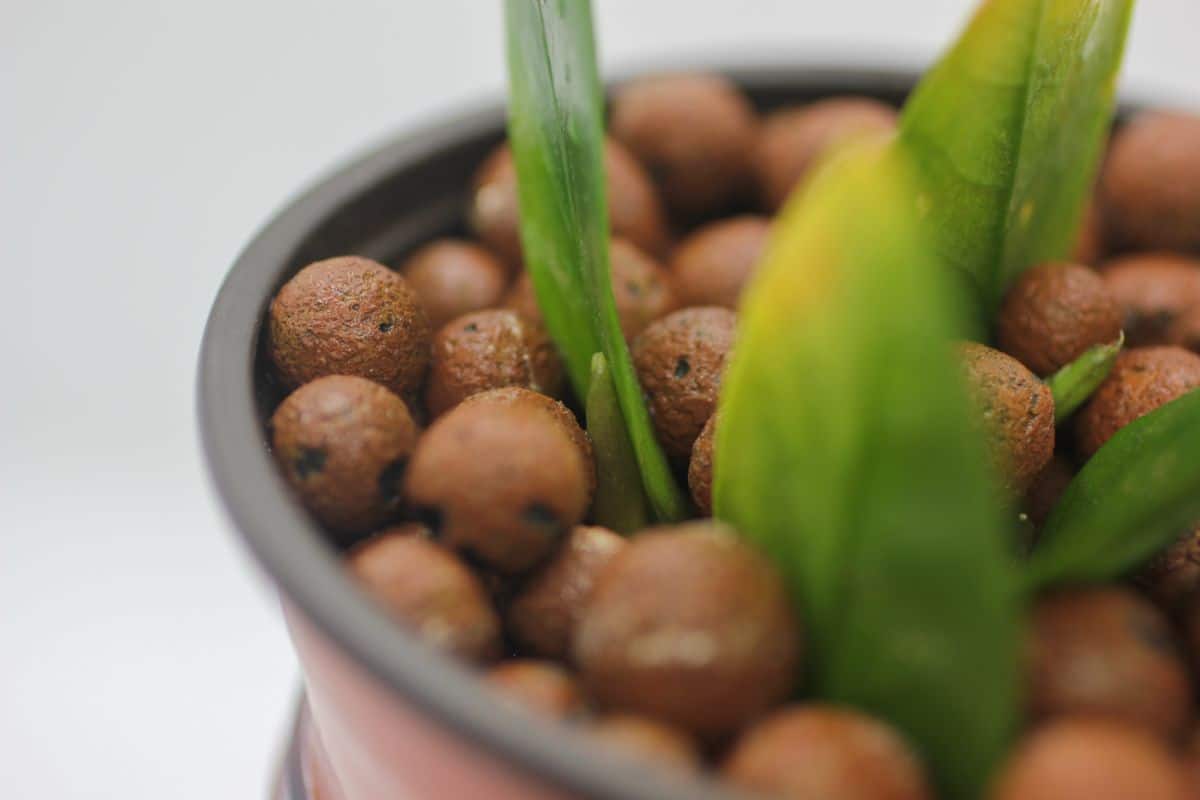
LECA pebbles are an alternative, soil-free substrate for houseplants that can simplify your watering process and offer loads of other benefits. These sleek-looking spheres allow plant keepers to grow their indoor plants without soil using hydroponic or semi-hydroponic methods.
Once exposed to water, LECA pebbles absorb moisture and expand. Potted plants can draw water from this substrate as needed, which helps to regulate watering inside your plant’s pots and prevent overwatering.
We’ve made this simple guide to help anyone curious about LECA. We’ll cover the many benefits of LECA, how to use clay pebbles, and other useful tips. Read on to get growing!
Jump to:
Benefits of LECA pebbles
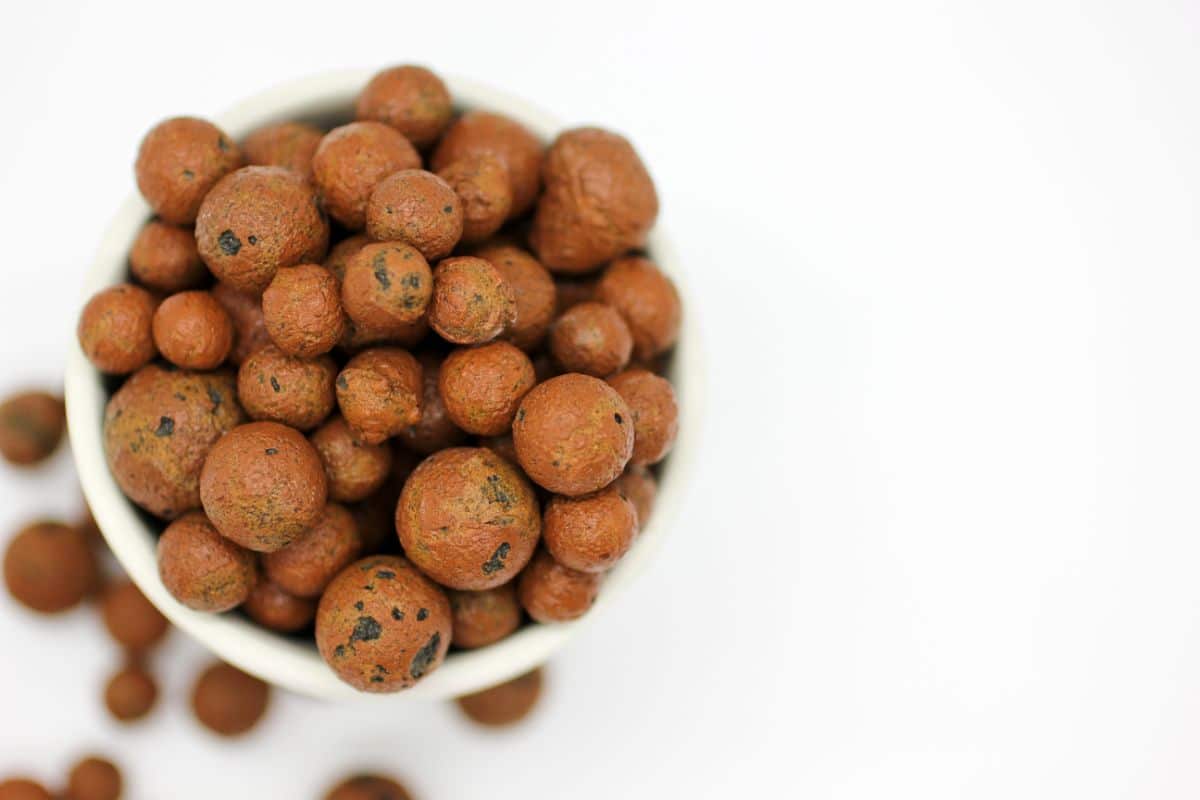
- Simplified watering.
LECA pebbles absorb and store water for plants to use as needed. This means you won’t have to water your plants as often. Also, as plants’ watering needs may shift throughout the seasons, LECA can take all of the guesswork out of how much to water your plants on a given day.
- Reduced risk of overwatering and root rot.
When placed in the bottom of a plant pot, LECA will provide extra drainage and help prevent waterlogged roots and rot. LECA also lightens the soil structure and allows more oxygen to flow to plant roots.
- Fewer pests.
Potting mix can harbor plant pests and can provide a warm, moist environment for pests to breed in. This can result in infestations of fungus gnats, scale, aphids, and other pests. LECA eliminates the need to use soil at all, so you’ll be less likely to encounter plant pests.
- Less mess.
LECA pebbles are much less messy to work with than potting mix or soil. And if your houseplant falls over, there will be less to clean up!
- Reusable.
Potting mix should never be reused as it can harbor pests and pathogens that may infect other plants. LECA, on the other hand, is perfectly safe to use again and again, just as long as you wash the pebbles off with hot in-between uses.
- Visible roots.
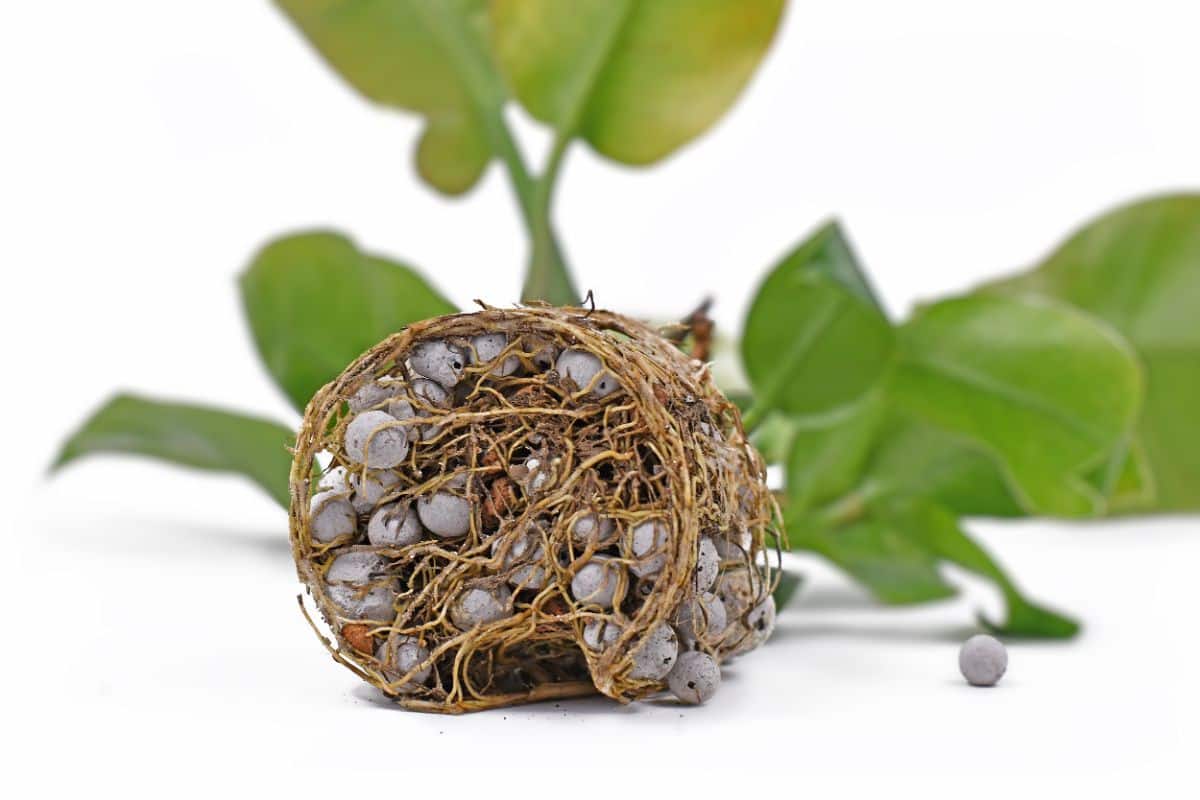
Most plants don’t do well with having their roots disturbed. But if you need to check up on your plant, you can more easily inspect roots with LECA. Checking your roots on occasion can also help you spot problems earlier so you can act more quickly.
- Good for frequent travelers.
Because LECA helps regulate your plant’s watering needs, you won’t need to water your plants as frequently. This can be particularly helpful for frequent travelers who may not be able to water their plants regularly.
- May help with finicky plants.
Some plants, like ferns, really struggle if they don’t receive consistent watering or high humidity. LECA provides a ready source of water and humidity and may make it easier to grow higher-maintenance plants.
Drawbacks of LECA pebbles
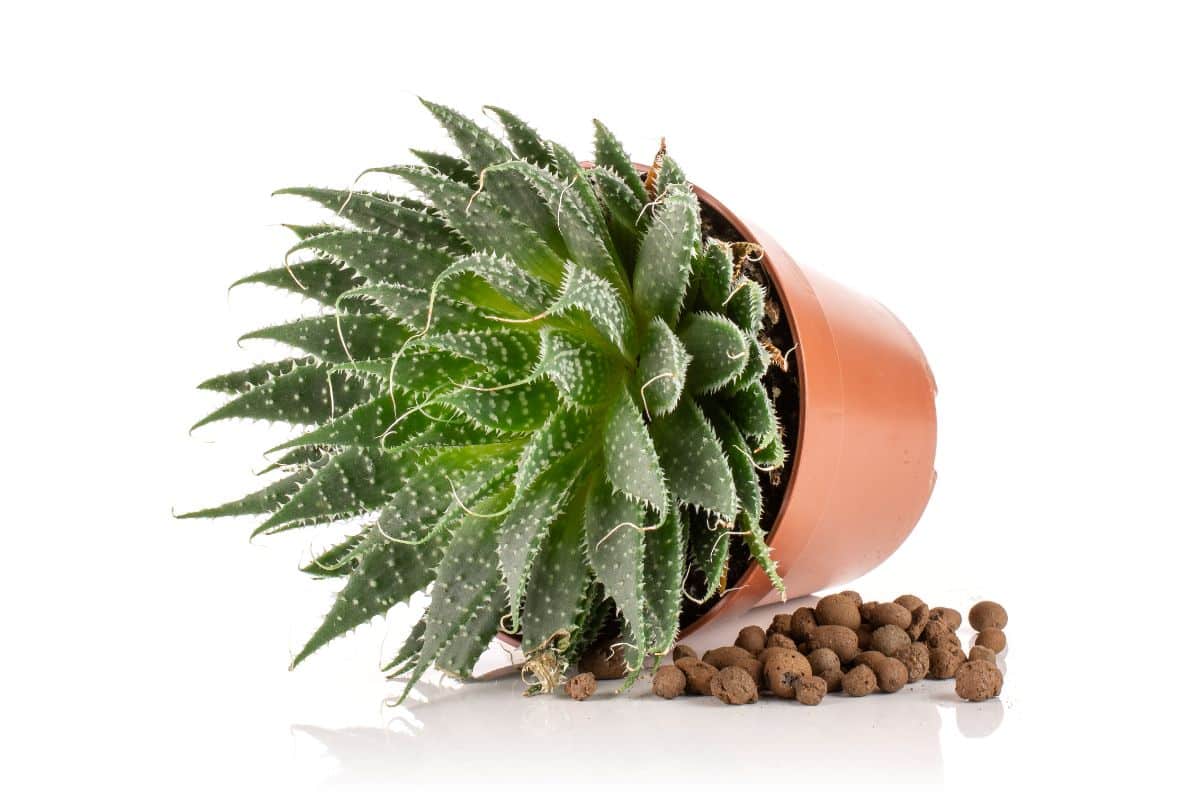
- Price.
LECA pebbles are more expensive than potting mix, and you may need to buy a new pot, as standard plant pots don’t work with LECA. This can make the initial startup costs of using LECA a bit steeper.
- Not appropriate for all plants.
While many plants grow well in LECA, not all plants do. For example: Plants with short roots, such as succulents and cacti, are not appropriate for LECA.
- Requires different fertilizer types.
Most of the fertilizers you’ll encounter were developed to be used with soil. However, if you’re using LECA in place of soil, you’ll need to switch to a fertilizer that’s specially formulated for hydroponically grown plants. This is because plants grown in LECA pebbles will not be exposed to the nutrients that are naturally found in soil.
How to use LECA pebbles
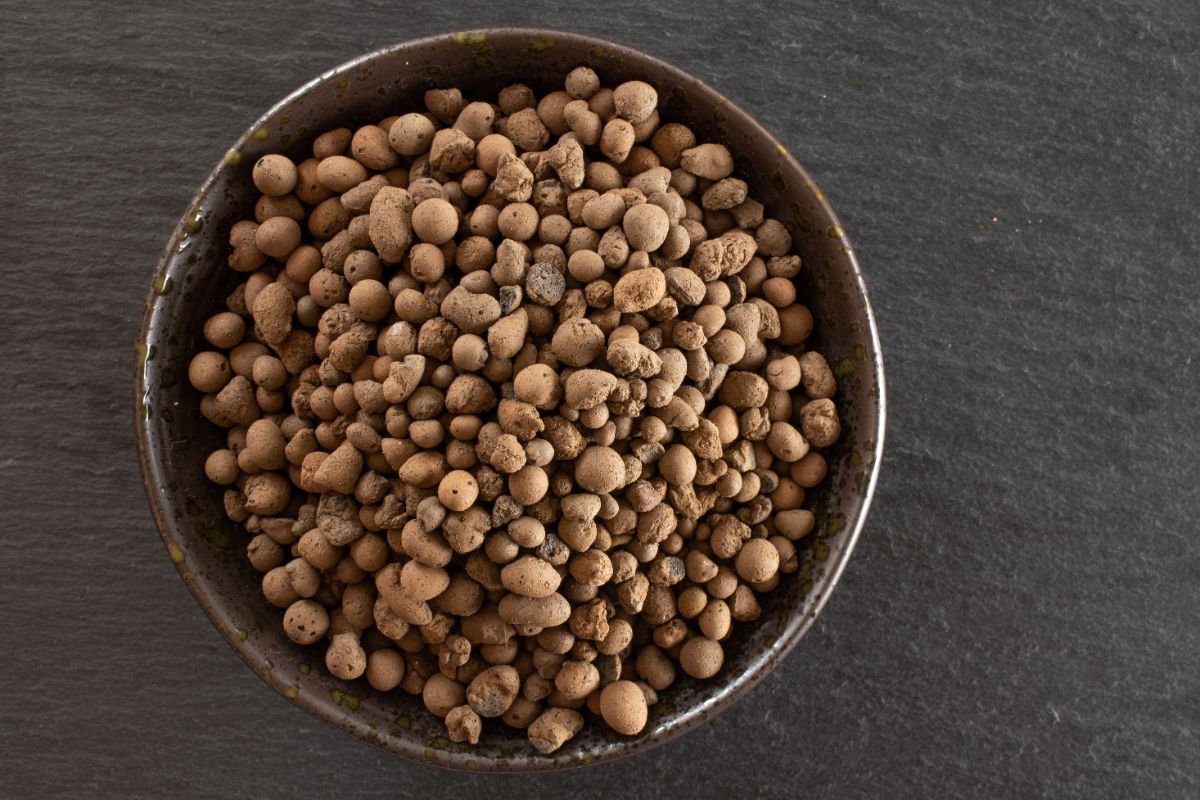
Growing plants in LECA pebbles isn’t that different from growing plants in soil, but there are a few key steps to follow.
Potting your plants
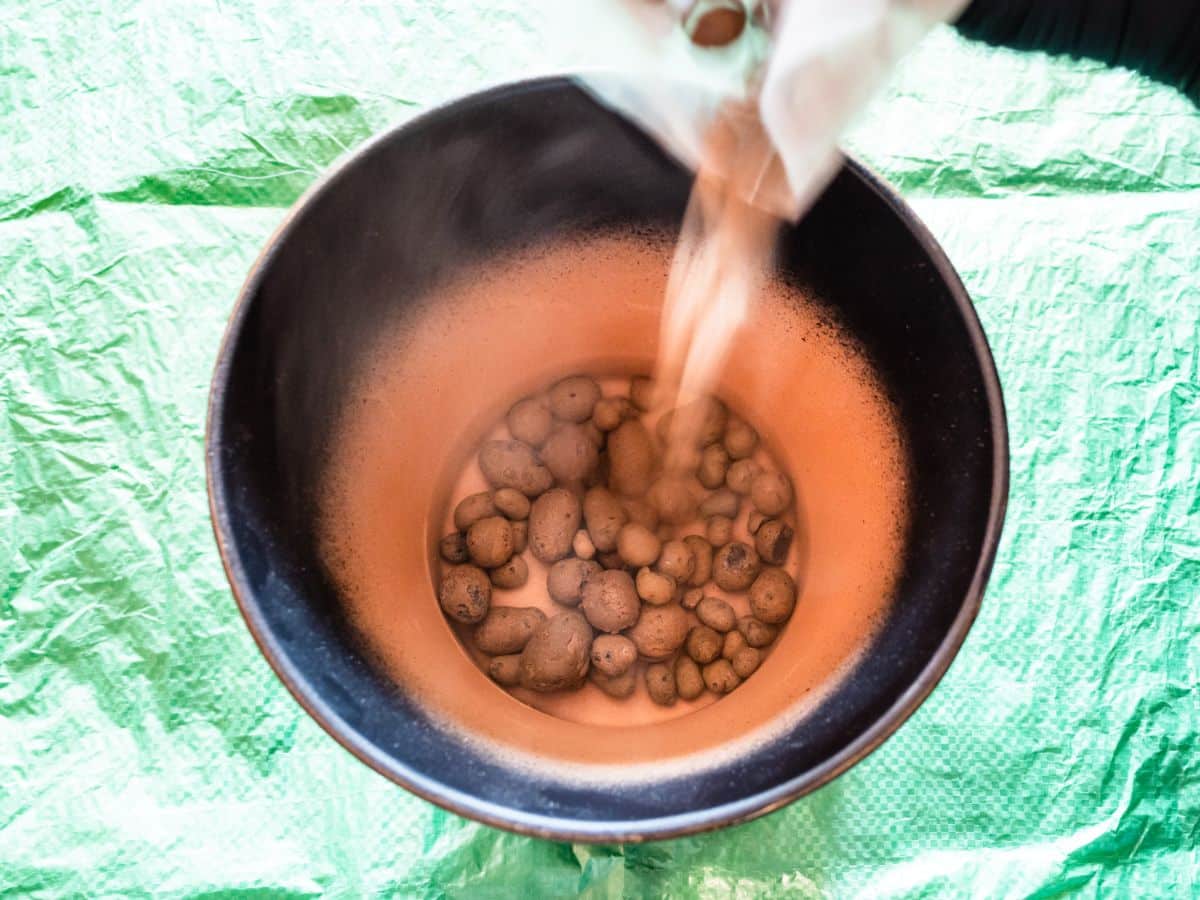
- To get started, you’ll first need to rinse off your LECA pebbles, as they will be covered in dust from the manufacturing process.
While you can place them in a colander and rinse them off in your sink, this isn’t recommended, as the clay dust could gum up your drain. Instead, pour your LECA clay pebbles into a mesh laundry bag and then rinse off the pebbles in the bag with your garden hose.
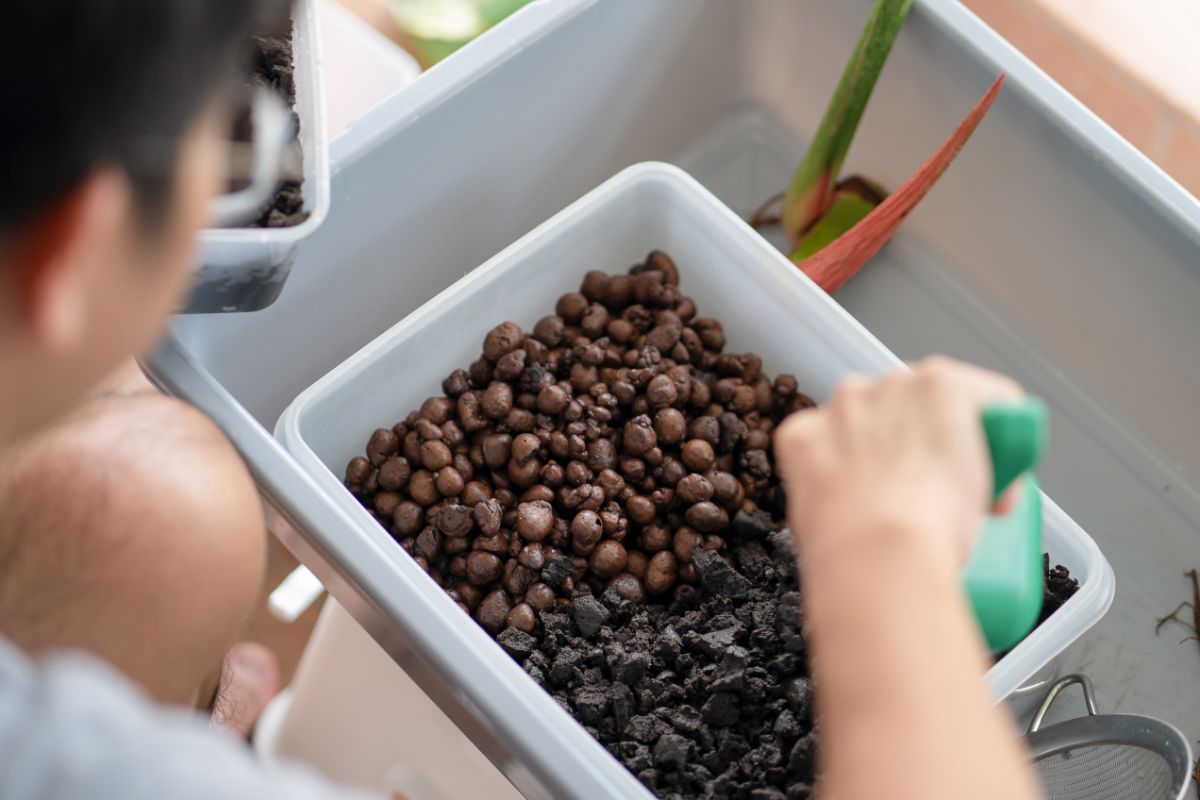
- After rinsing off your pebbles, place them in a bucket with water and allow them to soak for 48 hours. This will remove any additional impurities in the clay and ensure that your pebbles will wick water correctly.

- Next, remove the plant you’d like to plant in LECA from its original pot and shake off as much of the soil around its roots as you can. Then, rinse off the remaining soil with water. It’s important to get as much soil off of your plant’s roots as possible, as any remaining soil may promote rot or disease spread.
- Now you’re ready to pot up your plant. But first, you need to consider your pot.
LECA doesn’t work with standard houseplant pots with drainage holes. Instead, most plants grown in LECA are potted in a double-pot setup.
The interior pot should have drainage holes at the bottom and will hold both your LECA pebbles and your plant. The exterior pot will be slightly larger and have a solid bottom with no drainage holes. This will allow you to pour water into the exterior pot, while keeping your LECA pebbles contained in the interior pot.
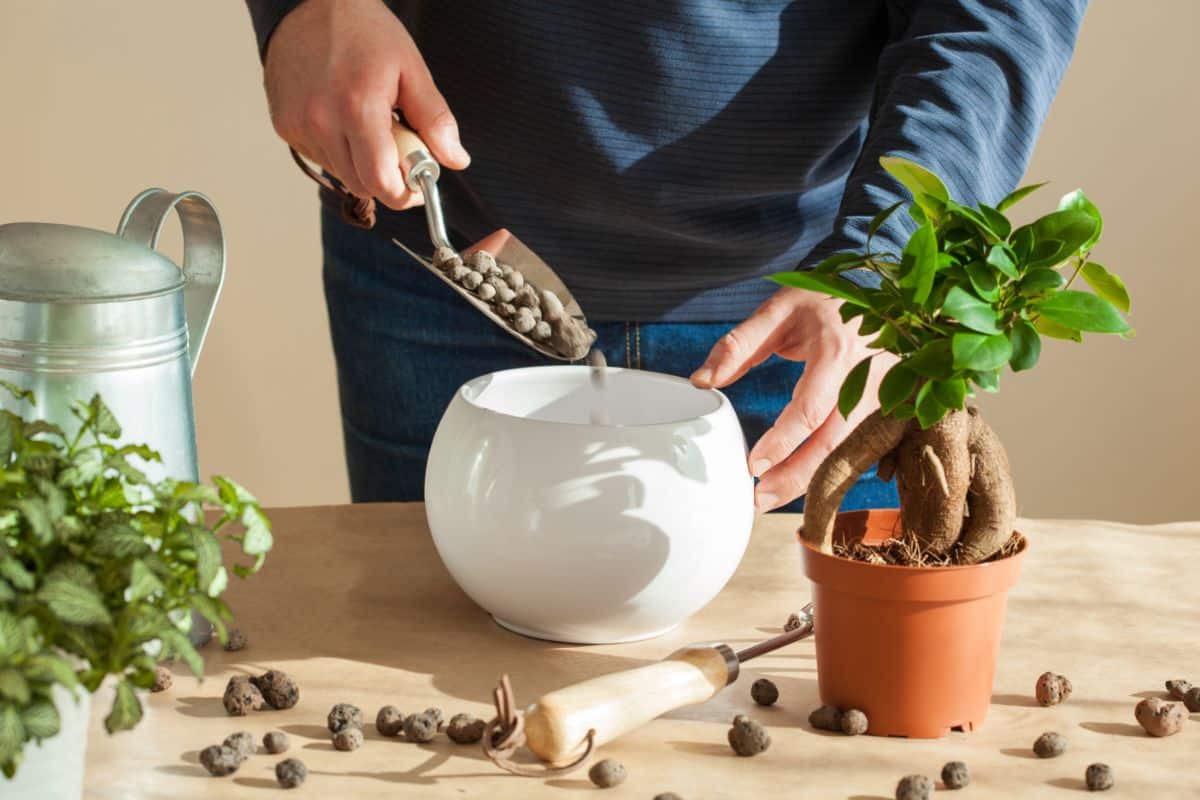
- When you’re ready to plant, add a layer of LECA pebbles to the bottom of your interior pot. Then orient your plant on top of the layer of LECA and gently tease the roots apart. Finally, backfill your pot with additional LECA pebbles, leaving just 1” of space between the top of your LECA and your pot’s rim.
- Insert the inner pot (with drainage holes) inside your exterior pot (without drainage holes). Now your plant is ready to be placed on your favorite, sunny windowsill!
Watering your plants
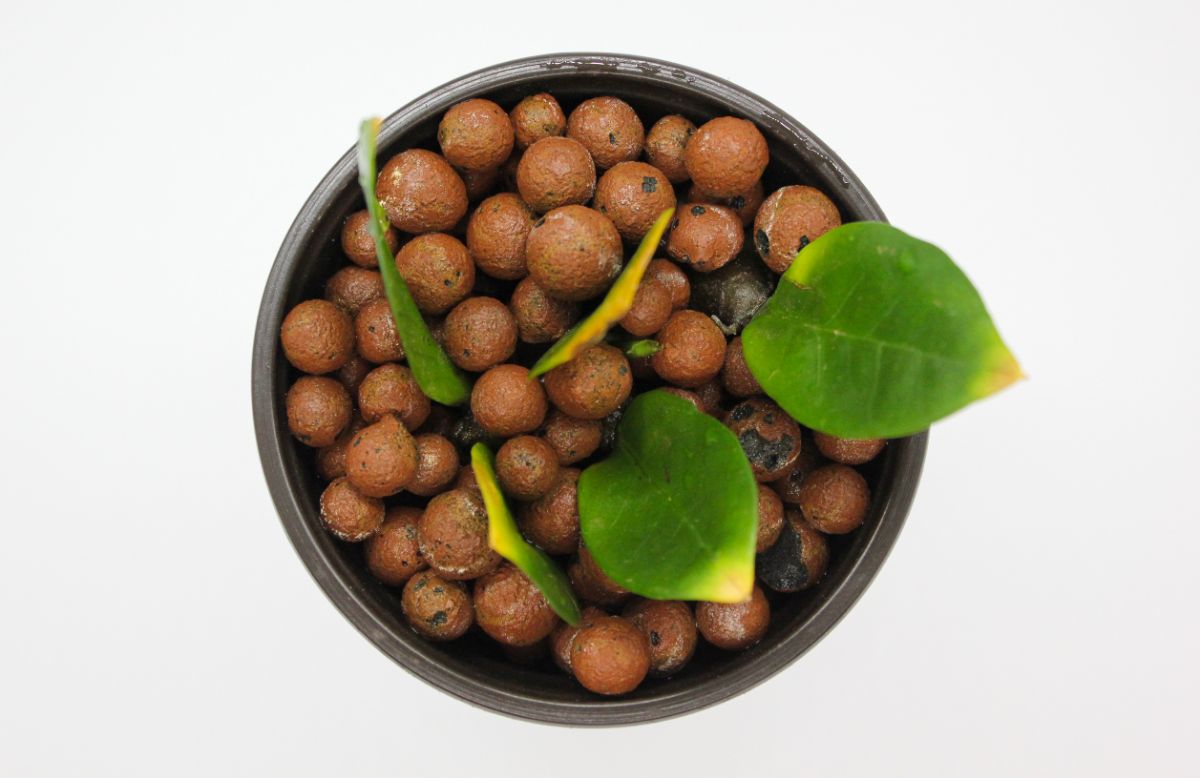
Plants grown in LECA require less frequent watering. Simply pour water into the exterior pot, so that the water line is slightly below where your plant’s root will be. Then place the interior pot with your LECA and plant back inside your exterior pot.
Your LECA pebbles in the inner pot will absorb water as needed through the pot’s drainage holes. This will allow your plant to draw up exactly as much water as it requires, avoiding overwatering.
For better growth, it’s also advised to flush your LECA pebbles out with fresh water once every 2 to 4 weeks. To do this, simply run water over your pebbles for a few seconds. This will wash away excess fertilizer, minerals, and other things you don’t want floating around in your pot.
Fertilizing your plants
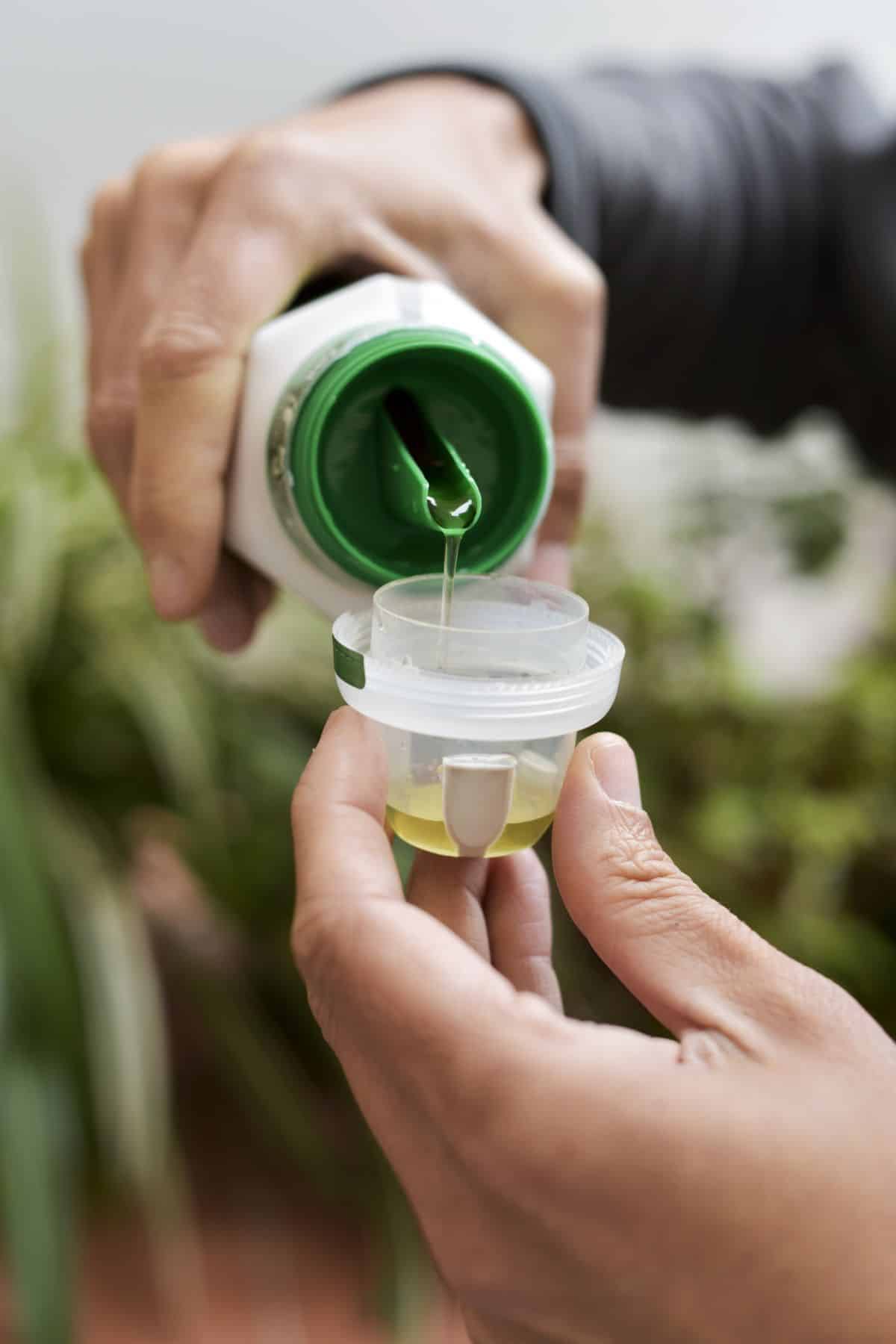
Plants grown in LECA have different fertilizer requirements because this is a hydroponic system. Most fertilizers you’ll find at your local garden center were formulated for plants grown in soil. However, LECA removes soil from the equation, so you will need a different fertilizer formulation that takes this into account.
Fertilizers intended for hydroponics systems should work well with LECA. These fertilizers have added nutrients to make up for any missing nutrients that would otherwise be present in plant soil.
To fertilize your plants, be sure to follow the instructions on your hydroponic fertilizer container. In general, you should fertilize your plants every time you water.
What plants grow best with LECA
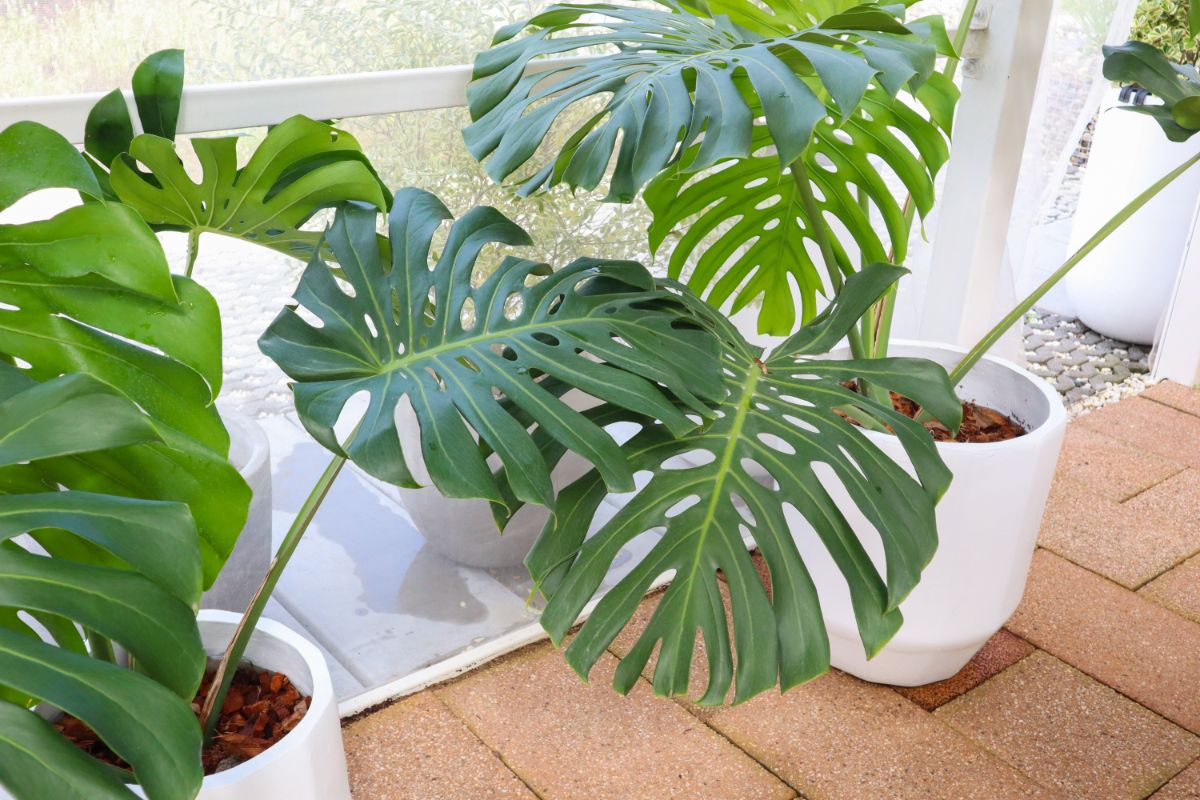
Most tropical houseplants will grow well with LECA. Plants that thrive in this environment include:
- Plants that prefer to dry out slightly in between waterings.
- Slow-growing plants that like dry conditions.
- Plants with fast-growing root systems.
- Plants that prefer high oxygen levels around their root balls.
- Any plant that does well when grown hydroponically.
Plants like ZZ plants, snake plants, monsteras, pothos, hoyas, anthuriums, philodendrons and some orchids all are recommended for growing in LECA.
On the other hand, plants to avoid growing in LECA include:
- Plants with short root systems, like cacti and succulents.
- Heavy-feeding plants that have high fertilizer demands, like potatoes.
- Plants that need consistently high moisture levels, such as peace lilies and polka dot plants.
Frequently asked questions
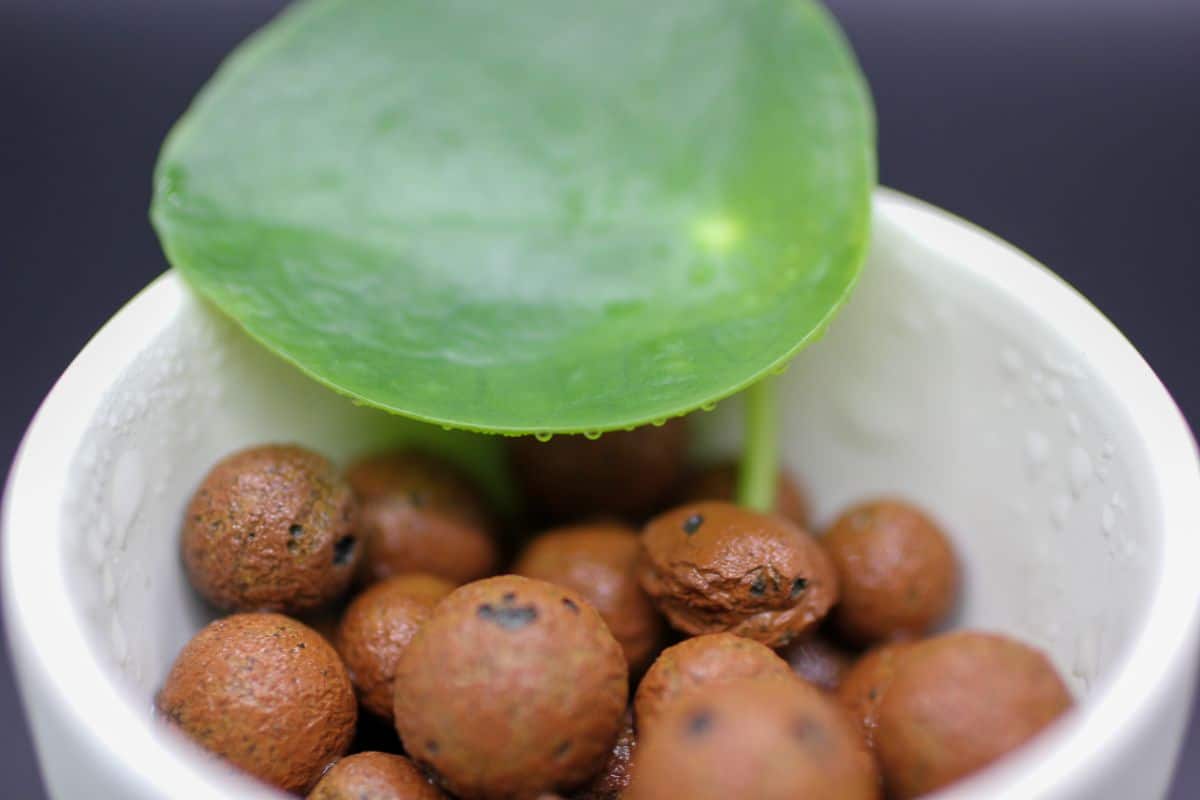
Yes! Because you add nutrients every time you water your plants, you can continue to grow plants in LECA indefinitely. Just be sure to flush your LECA with water and clean out your pots from time to time to keep your plants as healthy as possible.
Dry LECA may not absorb water as well and may not be as capable of wicking water up to your plant’s roots. To ensure your LECA works properly, soak it for 48 hours before use.
Yes. Plants grown in LECA will generally have fewer pests, but pests are still possible. Because LECA replaces the need for soil, you’ll be less likely to encounter fungus gnats and other common soil pests.
You can use LECA on its own, or you can mix LECA with potting mix when potting up your plants. Mixing LECA into potting mix will make your potting mix lighter, improve drainage and airflow and boost moisture levels too.
Propagating plants in LECA can actually be easier that propagating in soil. This is because plants started in LECA will have developed roots that are accustomed to oxygen and darkness. This will make them easier to transplant into soil.
Yes. LECA will boost humidity levels around plants and can make it easier to grow moisture-loving plants, like ferns.
Summary
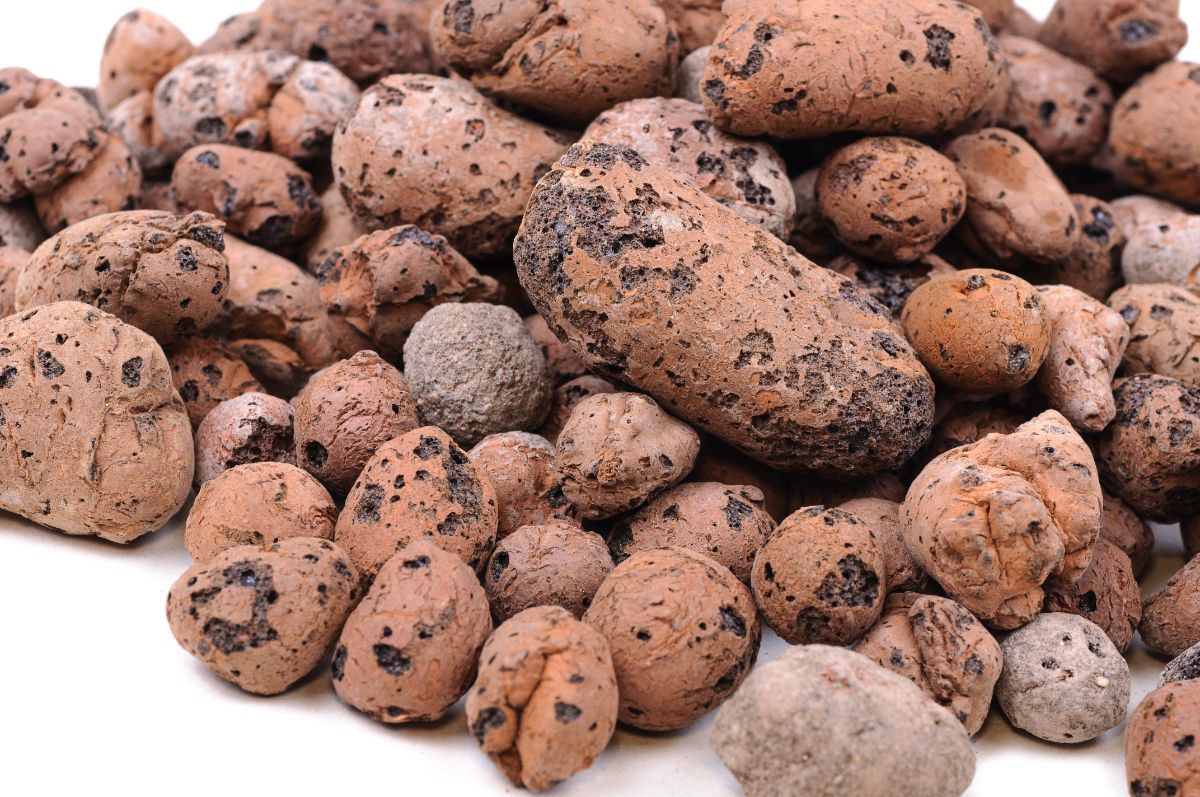
If you’ve been curious about LECA or you’ve wanted to try out hydroponics, investing in some clay pebbles can be an easy way to master a new gardening skill. And remember, you don’t need to transplant all of your plants into LECA at one time. You can always just try LECA on a plant or two until you get the hang of things!
LECA can offer houseplant parents a lot of benefits. It will cut down on your plant maintenance requirements, reduce mess and help you grow healthier plants too. So give these chic pebbles a try and start learning the joy of basic hydroponics!

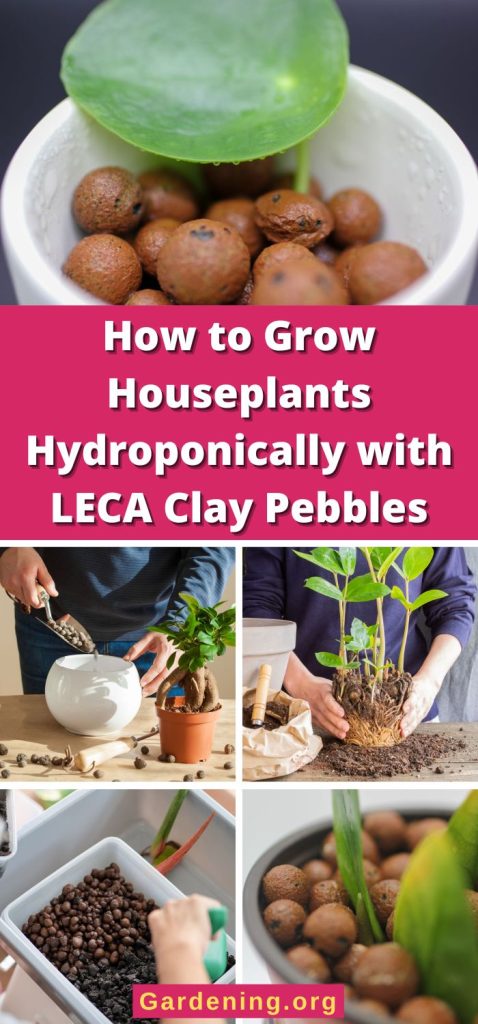
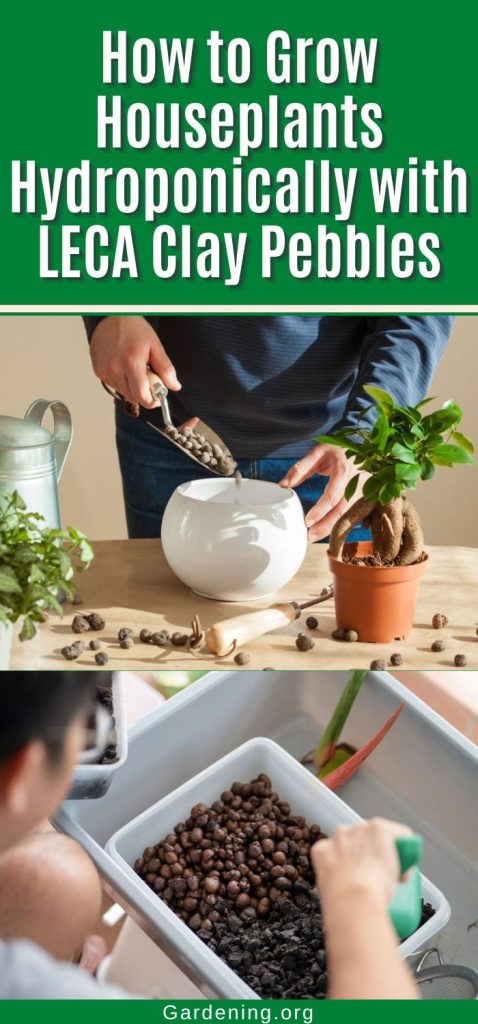
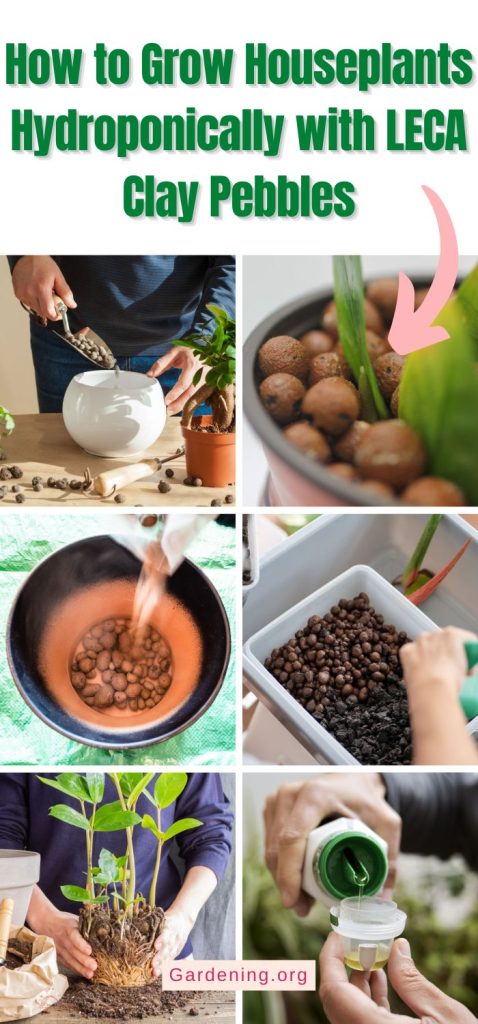

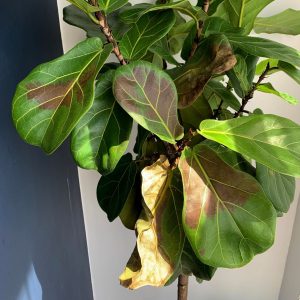
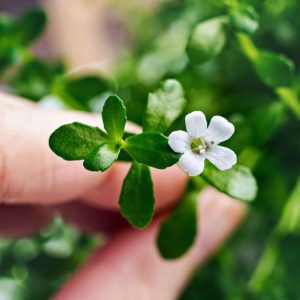
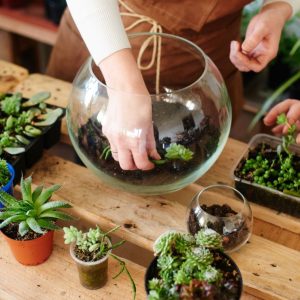
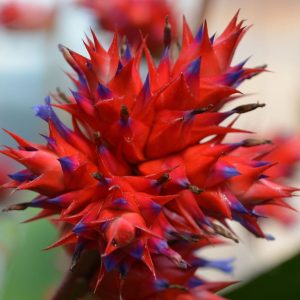
Leave a Reply